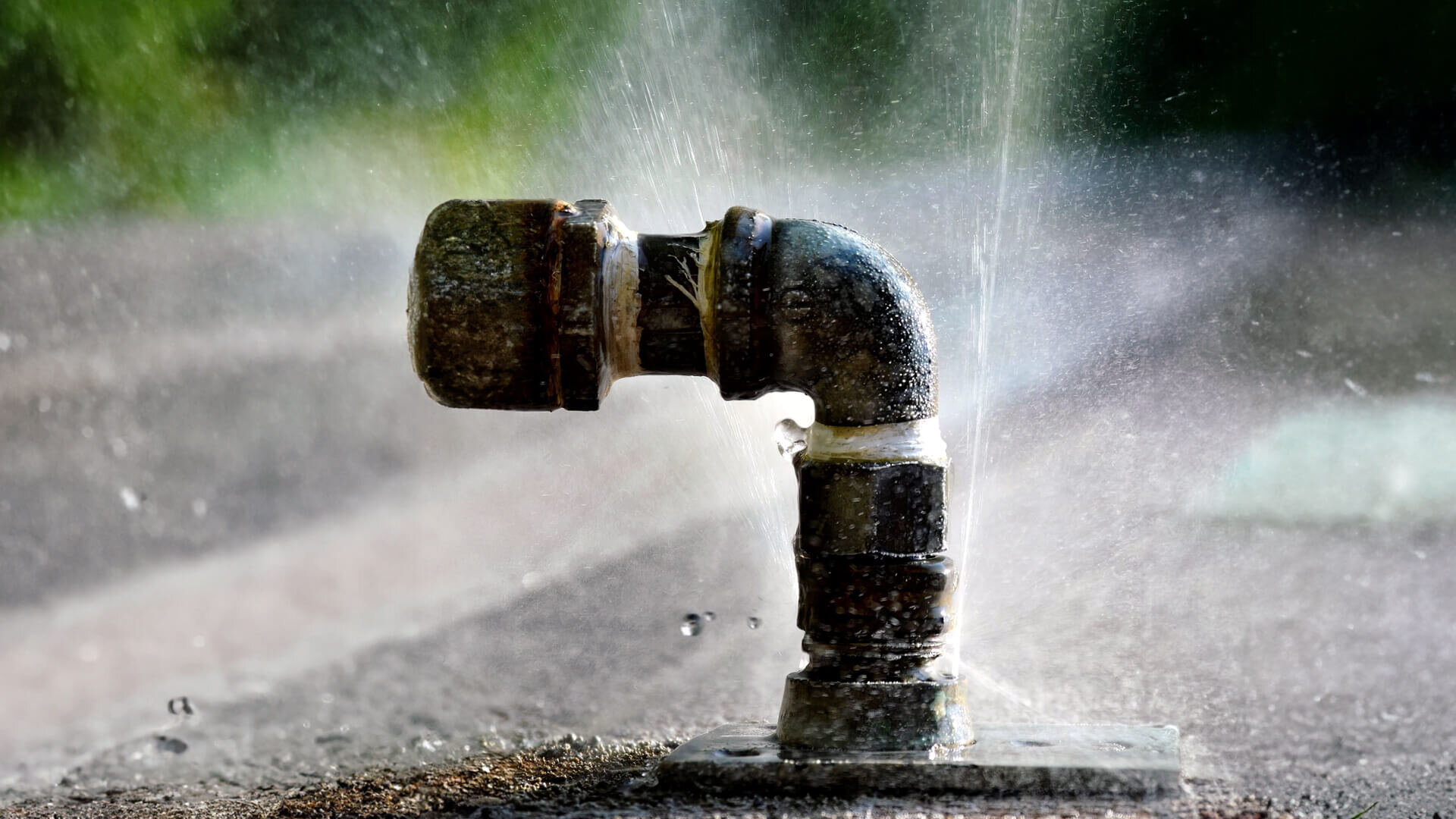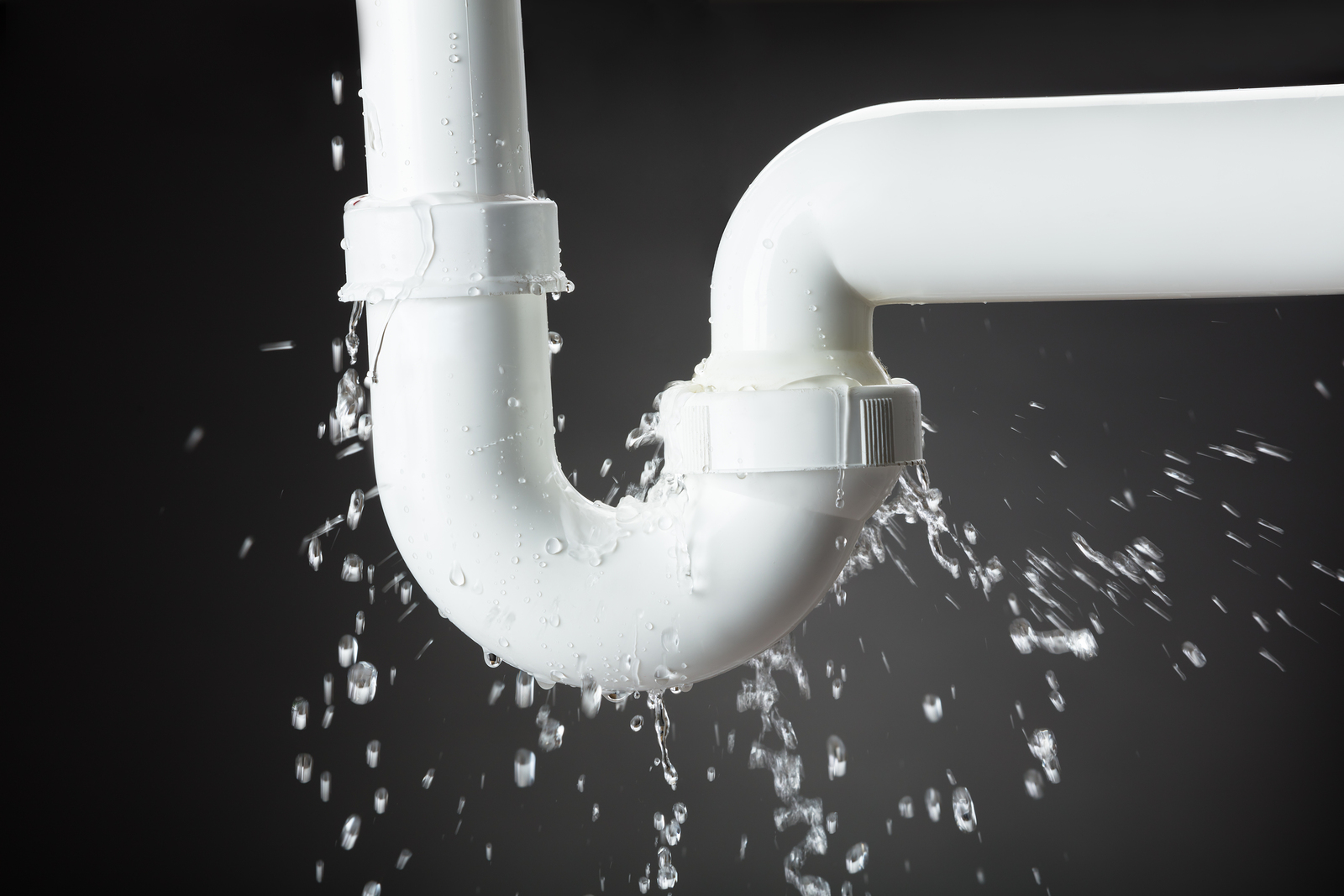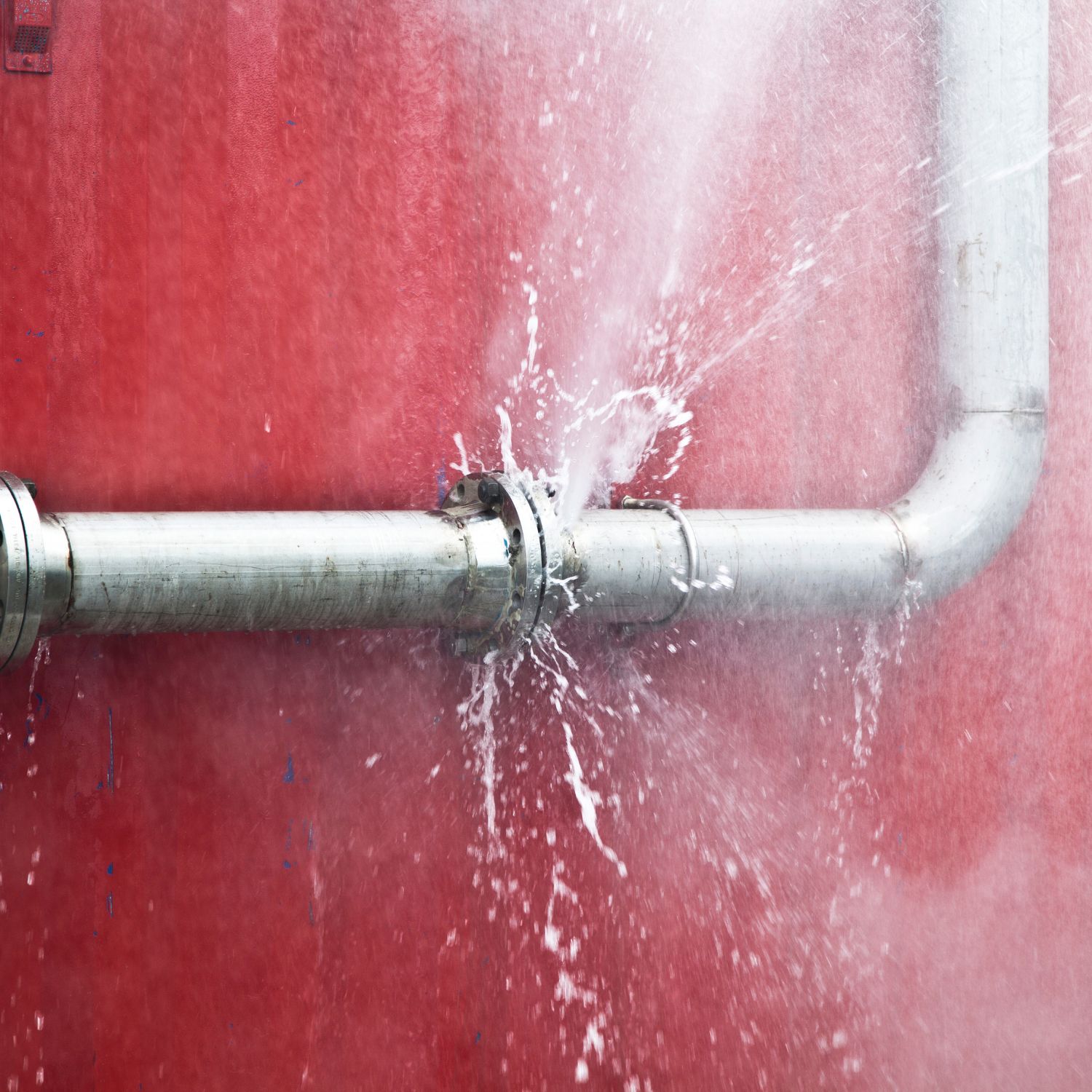How to Handle a Burst Pipe: Essential Steps for Immediate Action
How to Handle a Burst Pipe: Essential Steps for Immediate Action
Blog Article
What to Do When a Pipeline Bursts: Immediate Tips for Property Owners
A pipeline ruptured can be a house owner's worst problem, resulting in substantial damages if not resolved quickly. The prompt feedback is important: initially, situate the source of the leakage and closed off the main water shutoff to avoid further flooding. Following this, draining the pipelines becomes important to reduce added concerns.

Examine the Scenario
When a pipeline bursts, the primary step is to evaluate the circumstance immediately. This first examination is essential in determining the degree of the damages and the potential threats entailed - burst pipe. Begin by identifying the resource of the leak; this may include checking the area around the ruptured pipeline for visible indicators of water getaway. If the burst took place in a concealed area, such as within a wall surface or under a flooring, search for water spots or pooling that may suggest the area.
Next, examine the surrounding setting for dangers. Look for electric cords that might be revealed to water, as this postures a considerable danger of electrocution. Furthermore, take note of any kind of important things or furnishings that may be at threat of water damage. Recognizing the range of the circumstance will certainly help you prioritize your next activities effectively.
Documenting the damage through pictures can also be beneficial, specifically for insurance policy claims. Time is important, as standing water can bring about mold development and additional structural damage. By completely assessing the scenario, you will be better prepared to take the necessary steps to mitigate additional concerns arising from the ruptured pipeline.
Shut Down the Water
The immediate concern after determining a burst pipeline is to turn off the supply of water to protect against more flooding and damage. Locate the major shut-off valve, usually found near the water meter, in the basement, or on an outside wall surface. Turning this shutoff clockwise will certainly quit the flow of water throughout your home, minimizing the threat of extensive water damages.
If you are incapable to discover the main shut-off shutoff or if it is malfunctioning, you might need to shut off specific valves connected to the influenced pipe, if obtainable. Some homes also have additional shutoffs for specific devices, such as cleaning devices or dish washers.
It's advisable to familiarize on your own with the area of these shutoffs prior to an emergency occurs, as this knowledge can conserve valuable time during a dilemma. In case the main valve is stuck or hard to transform, do not force it; rather, think about looking for specialist help.
When the water supply is closed off, take a minute to evaluate the situation additionally while preparing for the next steps, making sure that your home is as safe and secure as possible from added water intrusion.
Drain Pipes the Pipes
After closing off the water, it is very important to drain pipes the pipes to minimize any type of remaining water that might cause added damage. Begin by opening all faucets in the home, beginning with the greatest level to the lowest. This process urges the water to spurt totally, enabling gravity to assist in getting rid of recurring water from the pipes.

Be cautious when draining pipes hot water, as it can create burns. Correctly draining the pipes is essential to preventing further issues and assists view it now guard your home from added water damage throughout this demanding scenario.
Call a Professional
In the wake of a burst pipeline, speaking to a professional plumbing technician is critical to make certain an extensive evaluation and efficient fixings. Attempting to handle the circumstance without expert assistance can bring about more damages and difficulties. A qualified plumbing has the knowledge and specialized devices needed to identify the origin cause of the leakage and address it effectively.
When selecting a plumbing technician, prioritize those with a strong online reputation and appropriate experience in emergency situation plumbing services. Examining online testimonials, obtaining references, and validating credentials can assist you make an educated option. It is advisable to call multiple professionals to contrast action times, approximated expenses, and solution offerings.
As soon as you have actually involved a plumbing, supply them with as much info as feasible about the occurrence, including the place of the ruptured pipe and the actions you have currently taken. This info will assist them in identifying the issue quickly and precisely.
Paper the Damages
Once a plumber has been gotten in touch with and the immediate concerns dealt with, it is essential to document the damage caused by the burst pipe. Begin by taking clear pictures of the affected areas, concentrating on noticeable damage to wall surfaces, floor covering, and furnishings.
Next, assemble a breakdown of harmed items, including their approximate worth and any kind of pertinent acquisition info. This inventory ought to include long-term fixtures, individual valuables, and any kind of architectural damages observed. Consist of the approximated price of repair work based on specialist assessments or previous quotes for comparable work. if feasible.
In addition to aesthetic and written paperwork, keep documents of any kind of interactions with your plumbing technician and insurance supplier. By taking these steps, you will certainly be much better prepared to browse the results of the incident.

Verdict
Immediate evaluation of the situation, complied with by closing off the main water supply, is important. Draining pipes the pipes and recording the damages ensures proper handling of the incident for insurance purposes.
The prompt concern after determining a ruptured pipe is to shut off the water supply to prevent further flooding moved here and damage. Turning this valve clockwise will quit the circulation of water throughout your home, alleviating the risk of extensive water damage.
After shutting off the water supply, it is important to drain the pipelines to minimize any type of continuing to be water that might click to investigate lead to additional damages. For homes with a hot water heating unit, you need to likewise drain the container by attaching a hose pipe to the drainpipe valve and routing the water right into an appropriate container or outside.
Properly draining the pipelines is essential to stopping more complications and helps guard your home from added water damage throughout this stressful situation.
Report this page